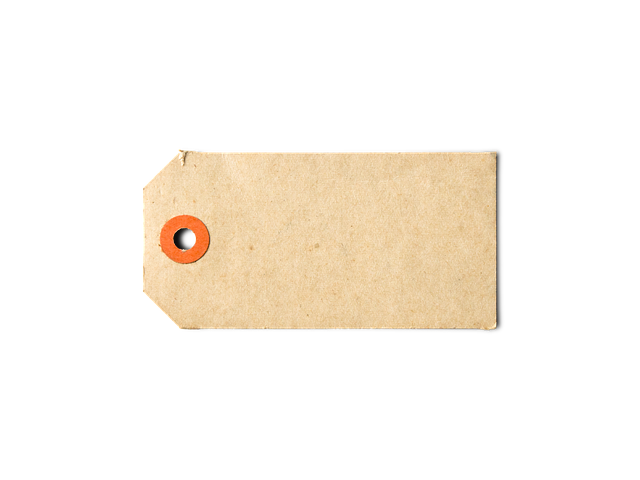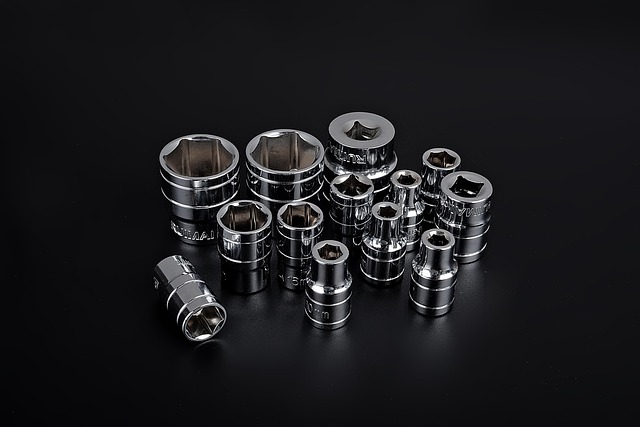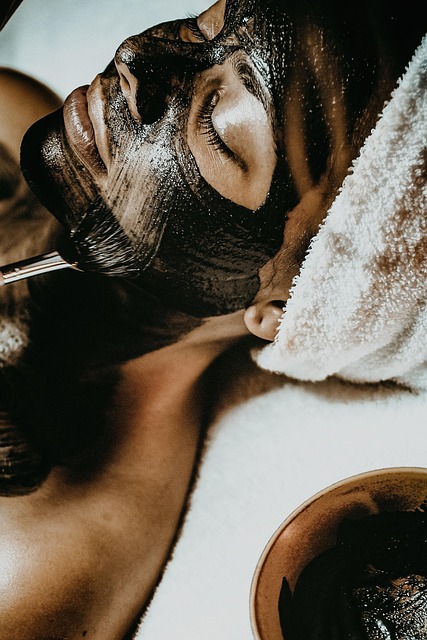Skin tags, caused by friction and collagen growth, can be removed with cryotherapy, a non-invasive method using liquid nitrogen. Accessible in private clinics nationwide, it's effective but not universal. At-home care with apple cider vinegar or essential oils offers gentle alternatives, requiring patience and patch tests for safety. Cryotherapy is a popular removal method for skin tags, emphasizing its accessibility and effectiveness as a non-surgical solution.
Skin tags, those small, harmless growths on the skin, are common yet many seek ways to remove them. This article guides you through simple and safe methods to get rid of skin tags at home. From understanding their causes and types to exploring popular techniques like cryotherapy—a non-invasive removal method—we offer practical advice. Learn about alternative treatments for persistent tags and discover a step-by-step approach to removing them comfortably at home.
- Understanding Skin Tags: Causes and Types
- Cryotherapy: A Non-Invasive Removal Method
- At-Home Care: Safely Removing Skin Tags
- Alternative Treatments for Persistent Tags
Understanding Skin Tags: Causes and Types

Skin tags are small, soft bumps that grow on the skin and can appear anywhere on the body. They are typically harmless but may cause discomfort or be a source of embarrassment for some individuals. Understanding their causes is essential when considering removal methods. Skin tags develop due to various factors, most commonly as a result of friction or frequent rubbing of skin against itself. This process encourages the growth of collagen and elastin, leading to the formation of these small tags. They can also be influenced by genetics, weight fluctuations, and hormonal changes, making them more prevalent in certain families or during specific life stages.
There are different types of skin tags, each with its own unique characteristics. Common varieties include acrochordons, which are typically found in folds of skin, and verrucae, often appearing on the hands and feet. While some individuals may prefer to leave them alone, others opt for removal due to cosmetic concerns or discomfort. One popular at-home method gaining traction is cryotherapy, where liquid nitrogen is used to freeze and destroy the tag. This non-invasive procedure is accessible through various private clinics, such as those in Plymouth, Birmingham, or Nottingham, offering a convenient alternative to traditional methods.
Cryotherapy: A Non-Invasive Removal Method

Cryotherapy offers a non-invasive method for removing skin tags, making it an attractive option for those seeking to get rid of them without surgery. This procedure involves the use of liquid nitrogen to freeze and destroy the skin tag. It’s considered a quick and effective treatment, with many reporting significant results after just one session. The process is usually painless, as the area is numbed before treatment, and recovery time is minimal, often leaving no scarring.
If you’re considering cryotherapy for skin tag removal in areas like Chelmsford or Colchester, it’s important to consult a professional. They can determine if this method is suitable for your specific case, as not all skin tags respond the same way. The speed at which cryo therapy removes skin tags varies, but many patients notice significant reductions in size and appearance within a week or two, with complete disappearance following several treatments.
At-Home Care: Safely Removing Skin Tags

At-home care offers a safe and convenient option for removing skin tags, especially for those seeking to avoid clinical procedures. One effective method is cryotherapy, which involves freezing the skin tag with liquid nitrogen. This simple yet powerful technique has gained popularity due to its accessibility and relatively mild side effects compared to other removal methods. It’s as easy as applying a small amount of liquid nitrogen to the skin tag using a specialized device, causing it to shrink and eventually fall off over time.
For those considering private skin tag removal in cities like Chelmsford, Canterbury, or Maidstone, understanding at-home care options is essential. Cryotherapy, though not without potential complications, is a straightforward approach that many people find effective. It’s crucial to follow instructions carefully and consult a healthcare professional if concerns arise, ensuring a safe and successful removal process.
Alternative Treatments for Persistent Tags

For those seeking alternative treatments to conventional methods like cryotherapy or visiting a Doncaster skin tag clinic, there are several home remedies worth exploring. One such option is using apple cider vinegar, which has natural antimicrobial properties and may aid in drying out and removing tags gently over time. Simply apply undiluted vinegar to the skin tag with a cotton ball and secure it with a bandage; repeat this process daily for best results.
Another approach could be trying essential oils known for their anti-inflammatory and antiviral properties, such as tea tree or lavender oil. Dilute these oils with a carrier oil (like jojoba or coconut) and apply them directly to the skin tag. This method may require patience, but it offers a potentially milder alternative to more aggressive removal procedures like those at Guildford skin tag removal clinics. Always remember to perform a patch test first to ensure no adverse reactions.
Removing skin tags at home is a viable option with the right approach. While understanding their causes and types is essential, simple at-home care can effectively manage many skin tags. Cryotherapy offers a non-invasive professional method for persistent tags. If these methods don’t provide lasting results, exploring alternative treatments can help eliminate stubborn skin tags once and for all. Remember, proper home care and seeking expert advice are key to safely removing skin tags and maintaining healthy skin.
